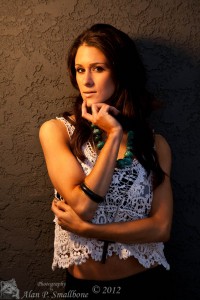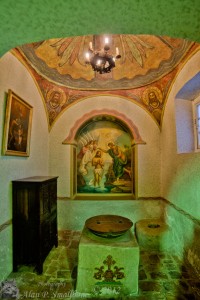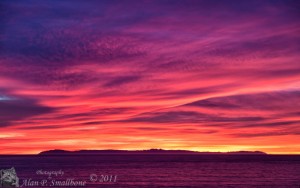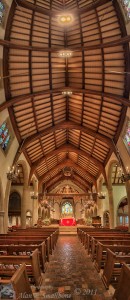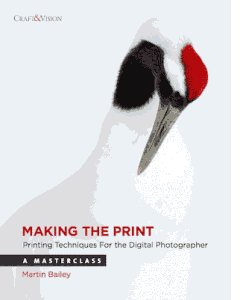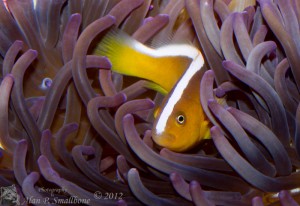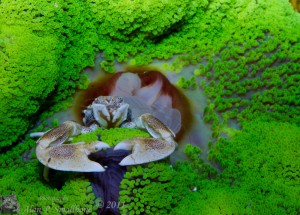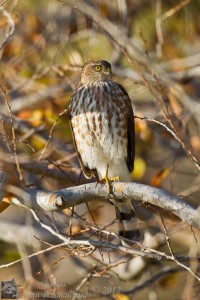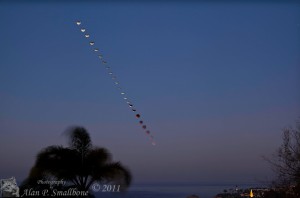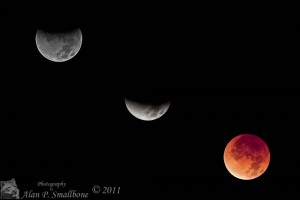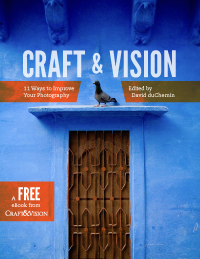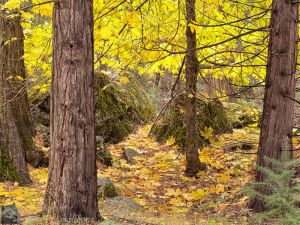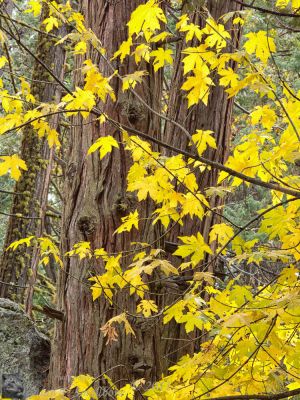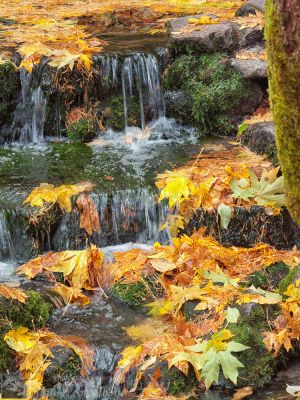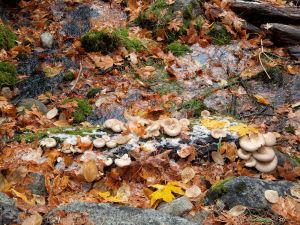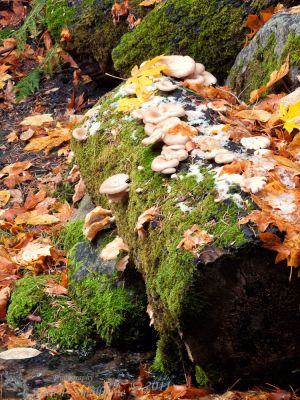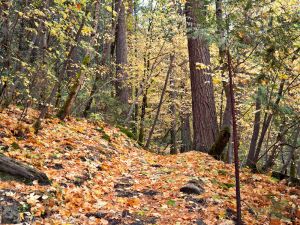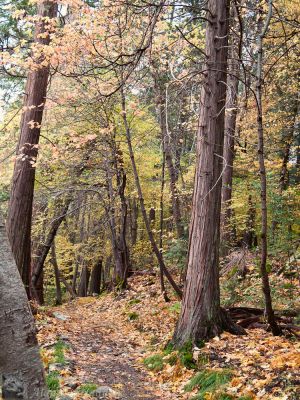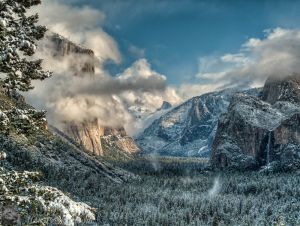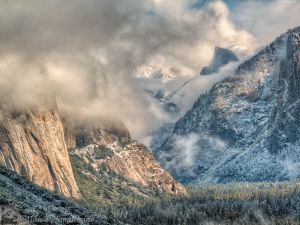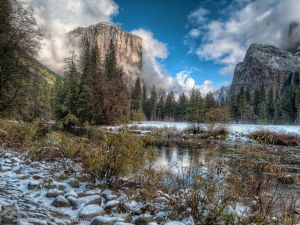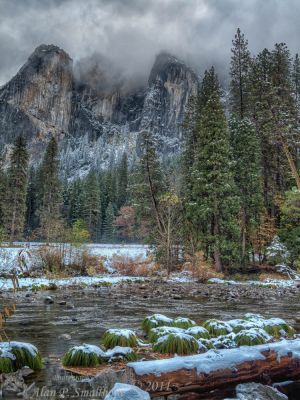Here is an image that is a little outside the norm for me, taken at a class on using flash. The class was specifically how to use speedlights to light a subject, it was actually two different classes, one on Saturday which covered using mostly ettl and on camera flash. Then Sunday was more about using the flash in manual mode and with light modifiers. Both classes also dealt with removing the flash off camera and using it more creatively. This image of Brittany was taken against a wall in shadow from the sun, so it was very even and dull lighting. A single flash with a warming gel was used with a small softbox. It really did give some nice light on the subject reminding me of sunset colors at the the beach. I thought it worked really well and the model was really great to shoot. She had some great poses and was very patient. This shot is almost straight out of the camera, very little editing was done and no cropping. Taken with a Canon 5Dm2 and a 580exII with a Honl 8 inch portable softbox and a CTO gel, 24-105mm lens at 82mm. I was quite happy with both classes and it was through the Julia Dean Photo Workshops, got a lot out of the classes, especially on the Sunday. Julia Dean taught the class on Saturday, Crash Flash I. David Honl taught the Sunday class, Crash Flash II.
-
Recent Topics
Calendar
April 2025 M T W T F S S 1 2 3 4 5 6 7 8 9 10 11 12 13 14 15 16 17 18 19 20 21 22 23 24 25 26 27 28 29 30 Categories
Tags
Astronomy astrophotography CA Colorado commentary composition desert Eastern Sierra ebook fall fall colors flowers Fuji X-series gardens gear HDR image of the week Laguna Beach landscapes Los Angeles macro moon Mt. Whitney nature night photography opinions Page panorama panoramas photography Printing reviews sandstone San Juan Mountains sharpening snow Sun sunset Vision winter X-E2 X-Pro 1 X-T1 Yellowstone NP YosemiteRecommended Links

